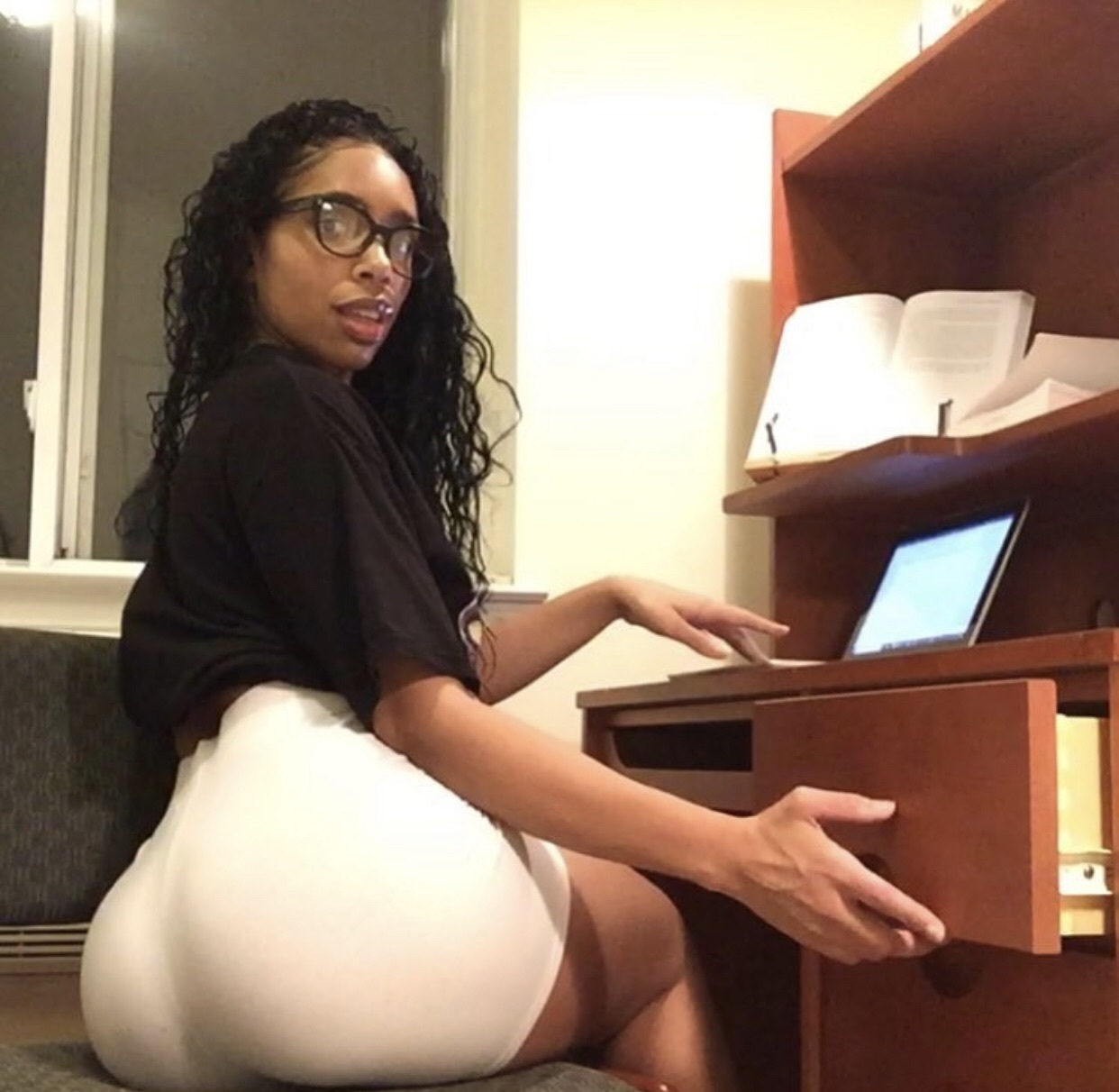In 1972, the 15-cent (Peanut Butter with) No Jelly bar, also called the Sidekick bar. In 1977, they changed the name to the 20-cent Peanut Butter Bar. It was discontinued in 1979.
Dr Pepper TEN, a low-calorie version of Dr Pepper, was released in 2011. This version retained the taste of regular Dr Pepper, but with 10 calories per serving.It was marketed toward men, featuring a gunmetal-gray color scheme, industrial rivets, and bold font, and the tagline "It's Not for Women."
Last edited:














